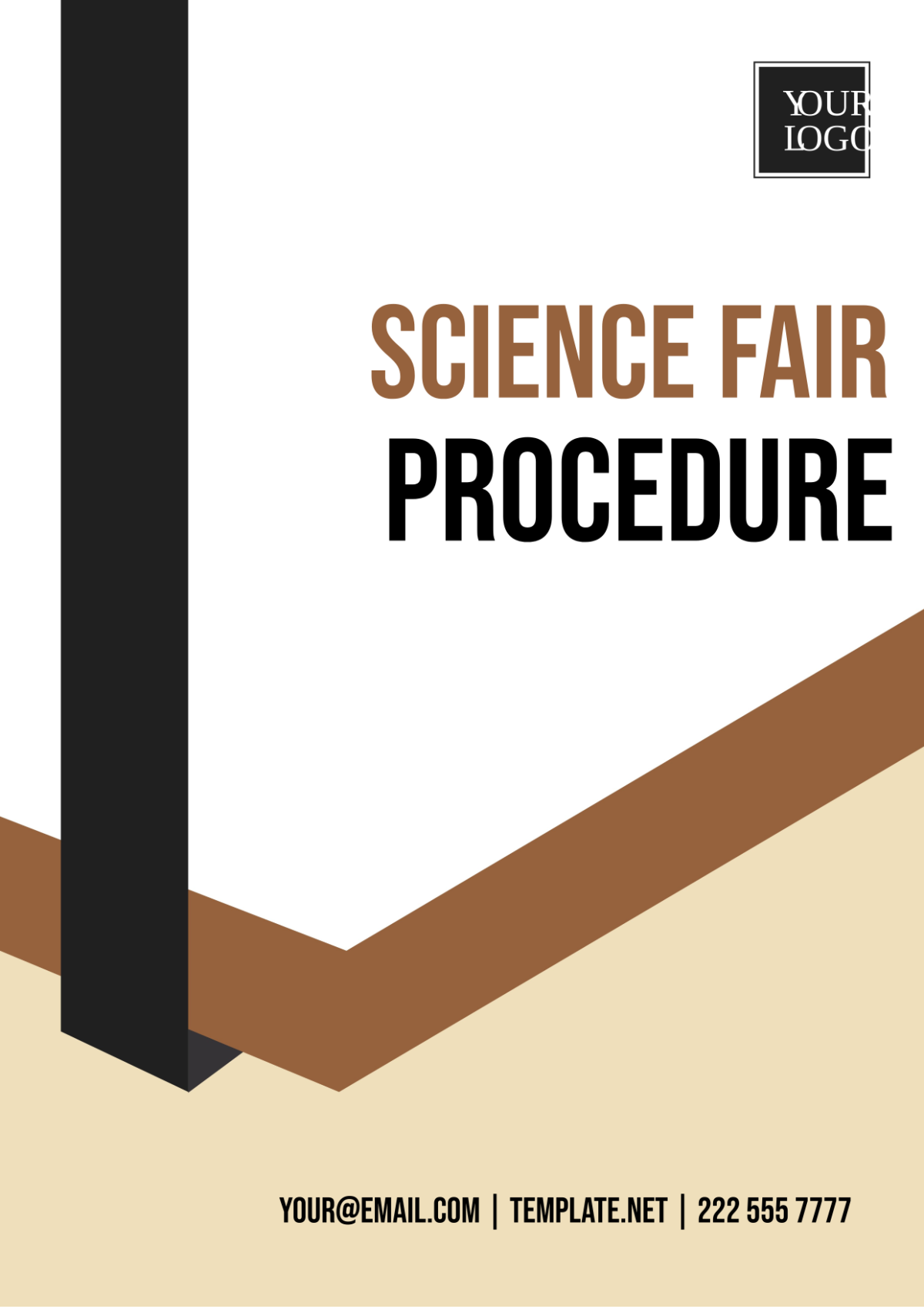Free Science Fair Procedure
Unlock the potential of your next science fair project with the Science Fair Procedure Template from Template.net. This editable and customizable resource provides a structured framework for organizing your experiment's methodology. Seamlessly adjust procedures to fit your project's requirements using our intuitive Ai Editor Tool. Elevate your presentation with clarity and precision.






























